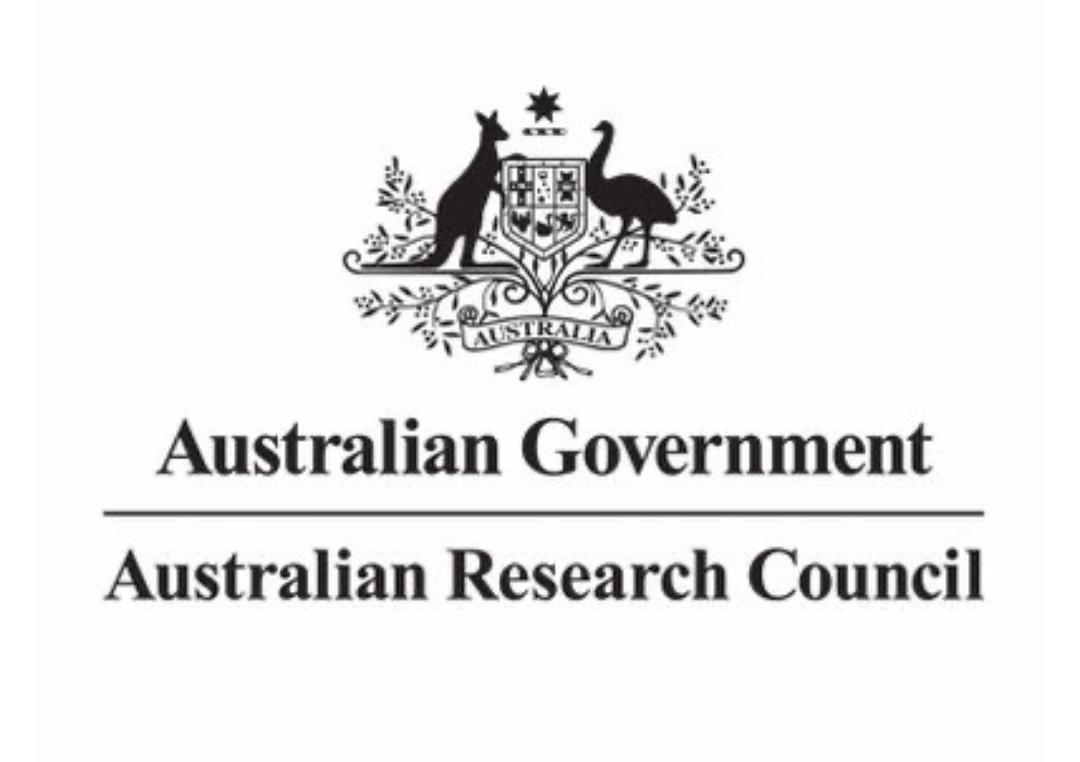SRAP Markers Based Genetic Analysis of Silene Species
DOI:
https://doi.org/10.51200/jtbc.v13i.397Keywords:
Genetic variation, Silene, polymorphism, SRAPAbstract
Plant genetic resources are an essential part of the world’s natural resources, and knowledge of genetic diversity and its distribution is essential for plant conservation. In the present work, the genetic variation was studied among thirteen species of Silene genus. Samples were collected from different locations of West Azarbijan and Khorasan provinces in Iran. This investigation, for the first time, has studied sequence-related amplified polymorphism (SRAP) marker to assess the genetic diversity and genetic similarity among 13 species of Silene in Iran. These species belonge to eight sections including Sclerocalycinae, Melandriforms, Lychnidiforms, Inflatae, Lasiocalycinae, Spergolifoliae, Auriculatae and Conoimorpha. Fifteen SRAP primer combinations generated 62 fragments, of which 46 (71.90 %) were polymorphic. Percentage of polymorphism ranged from 50 % to a maximum of 100 % and Jaccard’s similarity coefficient ranged from 0.48 to 0.91. Minimum Evolution analysis revealed four main clusters. The study indicates that SRAP markers with targeting ORFs, high reproducibility and optimal marker distribution could be good candidates for assessing genetic variation in Silene.
Downloads
Published
How to Cite
Issue
Section
License
BY: credit must be given to the creator.
NC: Only noncommercial uses of the work are permitted.
This journal provides open access to its content under CC BY-NC 4.0 on the principle that making research freely available to the public supports greater international collaboration and information exchange.












